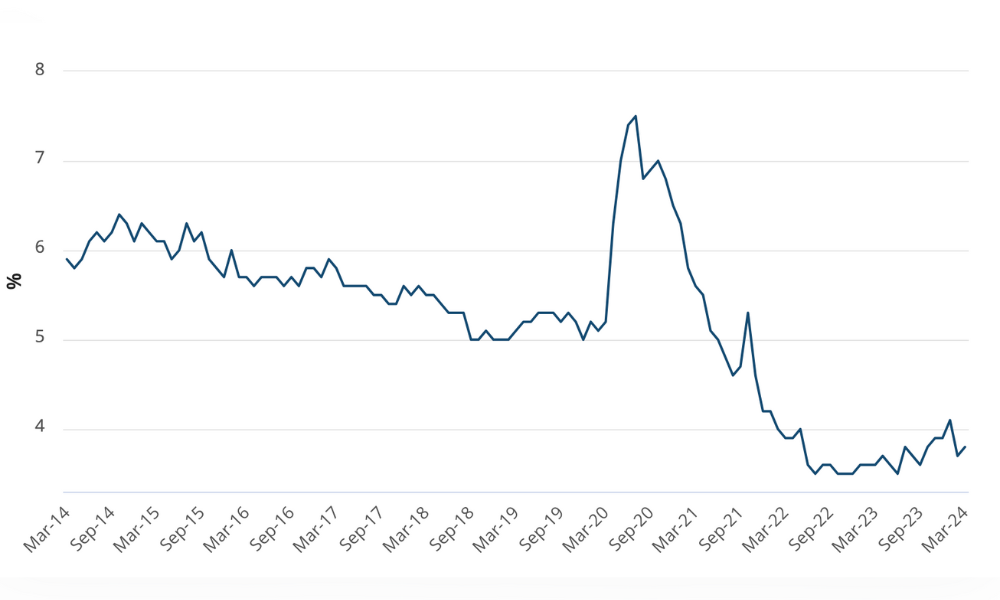Unraveling a potential employee’s online DNA is becoming more and more sophisticated and more telling to their job prospects. Craig Badings outlines why HR professionals themselves should tread carefully with their online profiles.
Unraveling a potential employee’s online DNA is becoming more and more sophisticated and more telling to their job prospects. Craig Badings outlines why HR professionals themselves should tread carefully with their online profiles.
A US-based friend showed me an extraordinary Facebook exchange the other day. A company employee had mouthed off at someone on their private FB page with some of the most colorful language I have seen online in a long time. The fact that it was his private page had nothing to do with it as he not only said where he worked but displayed loudly and proudly, for all to see, the company logo on his home page.
Apparently the ensuing s---storm was very public and involved Mr X, his employee’s communication team, legal counsel, abd HR as the targets of the abusive language . What ordinarily would have been a private spat became an embarrassing event for all.
How many stupid things have you done or seen your friends do on one or other social media platform? And how many of you who are parents cringe at the ‘I-have-no-idea-how-this-photo-will-impact-my-chances-of-a-job-one-day’ attitude of your kids? We’ve all seen it, we’ve read about it, some of us have even done it and tried to delete it but just how badly can social media impact your job chances?
For Mr X I would venture a guess that he may have problems down the track.
Social media, like it or not, has become the new tool for online discrimination. It’s not only the foul language or that inappropriate picture that can hurt your employment prospects; potential employers look at who you hang out with as well as things like your hobbies and interests all of which influence their decision making to some degree.
Privacy be damned
The privacy advocates can jump up and down as much as they like but I don’t think employers are going to stop online scrutinizing anytime soon. In fact they’re only just starting. Unraveling a potential employee’s online DNA is becoming more and more sophisticated and more telling to their job prospects.
Reppler, a social media monitoring service that helps users manage their online profile, in conjunction with Lab42, conducted research with 300 people who work in the hiring game. Close on 70% of those surveyed had rejected a candidate based on what they saw on a social networking site.
The research found that the seven key reasons candidates were rejected were because:
- They lied about their qualifications
- They posted inappropriate photographs
- They posted inappropriate comments
- They posted negative comments about a previous employer
- They demonstrated poor communication skills
- They posted content about themselves using drugs or drinking
- They made discriminatory comments
After reading that list you’d have to say that you could probably add one more to sum it all up - they displayed a distinct lack of judgment!
On the flip side almost the exact same percentage of those surveyed said they would also hire someone based on what they saw on social media. The main reasons they gave included:
- Gave a positive impression of their personality and organisational fit
- Profile supported their professional qualifications
- Profile showed candidate was creative
- Candidate had good references posted by others
- Profile showed candidate was well rounded
- Showed solid communication skills
- Candidate received rewards and accolades
Now you have the seven point plan on how to:
- Blow your employment chances out of the water, or
- Build the perfect online employable brand.
For those of you already in bucket a) unfortunately there’s no magical digital eraser. Your social media footprint may yet come back to haunt you.
About the author
Craig Badings is a director of Cannings Corporate Communications. He is the author of “Brand Stand: seven steps to thought leadership” and #THOUGHT LEADERSHIP Tweet: 140 Prompts for Designing and Executing an Effective Thought Leadership Campaign. Join him on twitter @thoughtstrategy and on LinkedIn.








